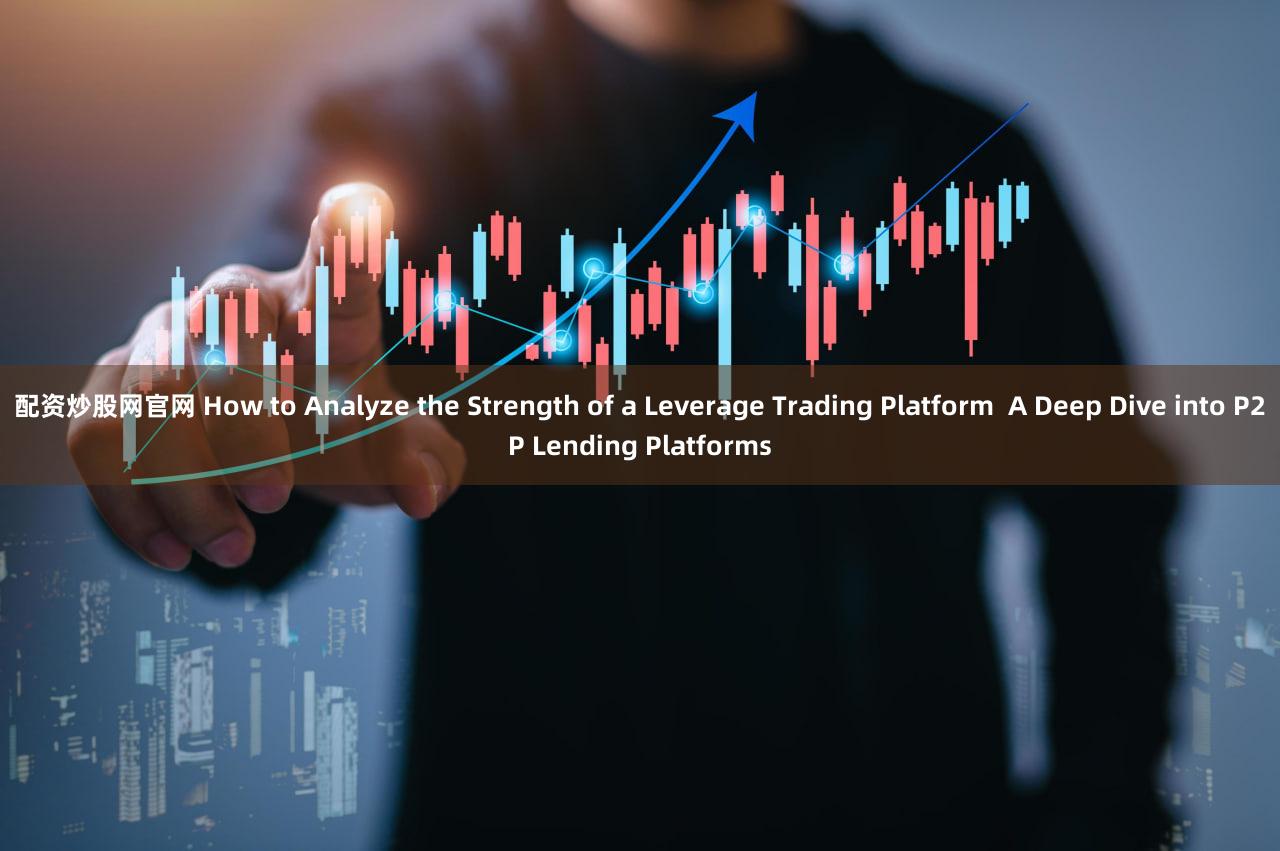
Meta Description: Learn how to assess the credibility and safety of leverage trading platforms. This comprehensive guide offers expert insights and practical tips for navigating the world of online P2P lending and choosing the right platform for your needs.
Headline: Unlocking the Secrets of Successful Leverage Trading: Picking the Right Platform
Choosing the right leverage trading, or peer-to-peer (P2P) lending, platform can feel like navigating a minefield. One wrong step, and you could find yourself facing significant financial losses. It's a world teeming with opportunities, yes, but also fraught with risks. This isn't your grandma's savings account – this is about leveraging your capital to potentially amplify your returns, but with that amplification comes magnified risk. So, how do you separate the wheat from the chaff? How do you identify a robust, reliable platform that won't leave you high and dry? The answer lies in meticulous due diligence, a keen eye for detail, and a healthy dose of skepticism. You need to look beyond the flashy marketing promises and dig deep into the platform's underlying structure, its financial health, and its regulatory compliance. This isn't just about finding a platform with the lowest fees or the highest advertised returns; it's about finding a platform you can trust with your hard-earned money. We’ll explore key indicators of a strong platform – from examining their legal standing and financial transparency to understanding their risk management strategies and customer support mechanisms. Think of this guide as your personal financial detective kit, equipping you with the tools and knowledge to make informed decisions and protect your investments. Get ready to become a savvy investor, armed with the insights you need to confidently navigate the exciting – and sometimes treacherous – world of leverage trading. Let's dive in!
Analyzing the strength of a leverage trading platform requires a multifaceted approach. It's not enough to simply look at the interest rates offered; you need to understand the platform's overall financial health, regulatory compliance, and risk management practices. Think of it like buying a car – you wouldn't just look at the color and price; you'd check the engine, the tires, and the overall condition. Similarly, evaluating a P2P lending platform requires a thorough inspection of several key aspects.
Here's a breakdown of crucial factors to consider:
1. Regulatory Compliance and Legal Standing:
2. Financial Health and Stability:
3. Risk Management and Security Measures:
4. Customer Support and Reputation:
5. Platform's Technology and User Interface:
Table: Key Indicators of a Strong Leverage Trading Platform
| Indicator | Strong Platform | Weak Platform | |------------------------------|-----------------------------------------------|---------------------------------------------------| | Regulatory Compliance | Properly licensed and registered | Unlicensed or poorly regulated | | Financial Transparency | Openly discloses financial statements | Lacks transparency, secretive about finances | | Default Rate | Low default rate | High default rate | | Loan Portfolio Diversification | Well-diversified portfolio | Concentrated portfolio, high risk | | Security Measures | Robust security protocols, 2FA | Weak security, vulnerable to data breaches | | Customer Support | Responsive and helpful customer service | Unresponsive or unhelpful customer service | | User Interface | Intuitive and easy to navigate | Clunky and difficult to use |
Frequently Asked Questions (FAQs):
Q1: What is the biggest risk associated with using a leverage trading platform?
A1: The biggest risk is the potential for significant financial losses. Leverage amplifies both profits and losses, so a bad investment can quickly wipe out your capital.
Q2: How can I protect myself from fraudulent platforms?
A2: Conduct thorough due diligence, verify licensing and registration, and read online reviews. Be wary of platforms offering unrealistically high returns.
Q3: What is the difference between a P2P lending platform and a traditional bank?
A3: P2P lending platforms connect borrowers and lenders directly, cutting out the middleman (banks). This can lead to higher returns for lenders, but also higher risks.
Q4: Are there any fees associated with using these platforms?
A4: Yes, most platforms charge fees for various services, such as loan origination fees, platform fees, or withdrawal fees. These fees should be clearly outlined.
Q5: How do I choose the right platform for my risk tolerance?
A5: Consider your comfort level with risk. Platforms with lower default rates and more rigorous risk management practices may suit conservative investors, while those with higher potential returns may appeal to more risk-tolerant investors.
Q6: What should I do if I encounter problems with a platform?
A6: Contact the platform's customer support and try to resolve the issue. If you're unable to resolve the problem, you may need to seek legal counsel or report the platform to the relevant regulatory authorities.
Conclusion:
Choosing a leverage trading platform requires careful consideration and a comprehensive analysis of various factors. Remember, the goal is not just to find the platform with the highest returns, but the platform that best aligns with your financial goals and risk tolerance while maintaining a high level of security and trust. By following the guidelines outlined in this guide, you can significantly increase your chances of selecting a robust and reliable platform for your leverage trading endeavors. Don't rush the process; thorough due diligence is paramount to protecting your investments and achieving your financial aspirations. Happy investing!
文章为作者独立观点,不代表财盛证券观点